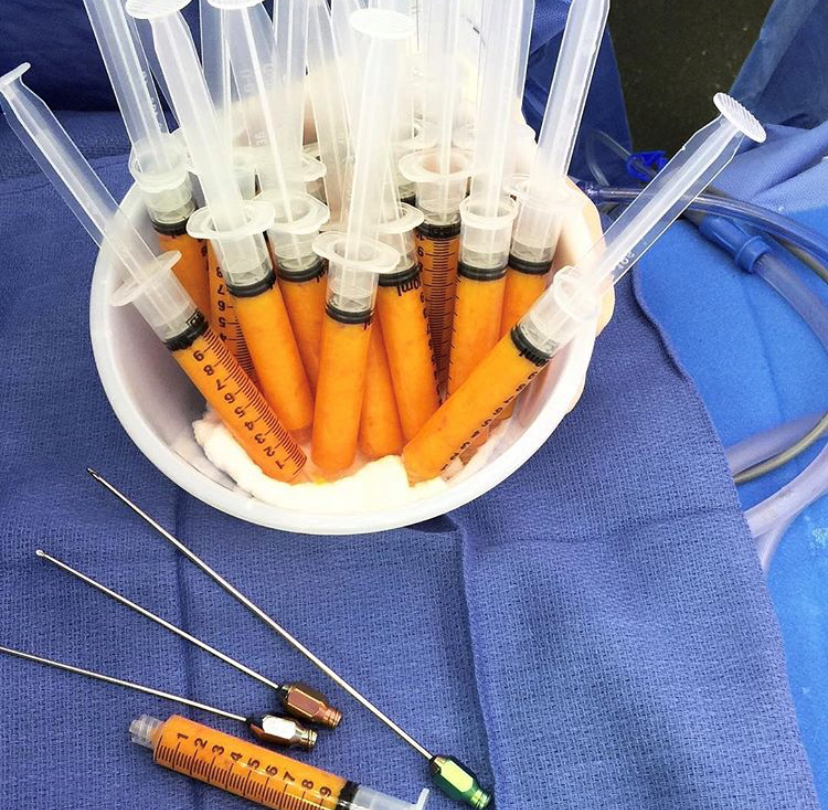
What is fat grafting? How is fat grafting used in breast reconstruction?
Fat grafting, as a technique, has been around for many years but has recently experienced a resurgence in breast surgery. The procedure involves liposuctioning fat from one part of the patient’s body, purifying it and then injected into the breast.
Fat grafting can be used to fill-in partial breast defects after a lumpectomy. It is also frequently used after mastectomy, usually in conjunction with other reconstructive techniques, to optimize the breast contour and improve overall cosmetic results. In patients having mastectomy without reconstruction, often referred to as “going flat” or “aesthetic flat closure”, fat grafting can improve the soft tissue coverage over the chest wall of it is uneven after a mastectomy and improve the overall contour and soft tissue “padding” over the chest and rib cage.
There are several fat grafting techniques that are used by plastic surgeons. There is no “set way” that has been shown to be the best in terms of long-term results. However, studies have shown that regardless of the technique used, the collection, storage, and transplantation of the fat cells (and fat stem cells they contain) must be optimized to obtain the best long-lasting results.
Studies have also shown that once the injected fat “takes”, it can also help improve the thickness and quality of tissues and skin damaged by radiation.
Regardless of technique, some of the injected fat will be reabsorbed over time but this can vary depending on the exact clinical situation. Patients must therefore be prepared to require more than one procedure for the best results.
For women still undergoing regular mammograms, it is important to know that fat grafting can also cause calcifications. As many of you have already unfortunately experienced, breast cancer can also cause calcifications. However, according to the American Society of Radiology, the two types of calcifications are easily distinguishable. Having said that, I still tell my patients that fat grafting can potentially lead to the recommendation for further tests (such as a core biopsy) because of calcifications.
Injected fat can also become permanently firm (known as “fat necrosis”) or create “oil cysts”. Fortunately these are becoming much less frequent as techniques are refined but again, both of these can cause additional stress.
Several independent studies that have evaluated patients over a few years after the procedure have shown that fat grafting is oncologically safe. Studies are ongoing to collect more long-term safety data.
Unfortunately not all insurance companies cover the cost of fat grafting so the procedure can sometimes involve out of pocket expenses for some patients.
Author: Dr. Minas Chrysopoulo
Fat grafting, as a technique, has been around for many years but has recently experienced a resurgence in breast surgery. The procedure involves liposuctioning fat from one part of the patient’s body, purifying it and then injected into the breast.
Leave Comment
-

My dr has said I need this, but my insurance is refusing to approve. I’ve had a double mastectomy and in dire need of fat grafting. Please help!
July 17,2020
-

Good morning Cyndi! There are some circumstances where insurance may deem fat grafting cosmetic depending on how significant the deformity of the breast is. Unfortunately there is not much that can be done after insurance has denied the authorization, but there may be financial assistance programs available. You can try reaching out to your local American Cancer Society for more information about assistance programs in your area.
July 17,2020
-
-

I had a failed tram flap surgery and im lost at what is the next possible option for me to have me whole again
July 17,2020
-

So sorry to hear this Michelle! There are many options available today! The best place to start to see what procedure may be best for you is to consult with a board-certified plastic surgeon. The surgeons at PRMA Plastic Surgery specialize in advanced breast reconstruction and correcting “failed” breast reconstruction. If you would like to set up a consultation you can give us a call at 800.692.5565 or you can fill out our free virtual consultation form at https://prma-enhance.com/patient-forms/virtual-consultation
July 17,2020
-
-

Clear, concise, and comprehensive information Dr. C! Thanks for the post.
July 17,2020
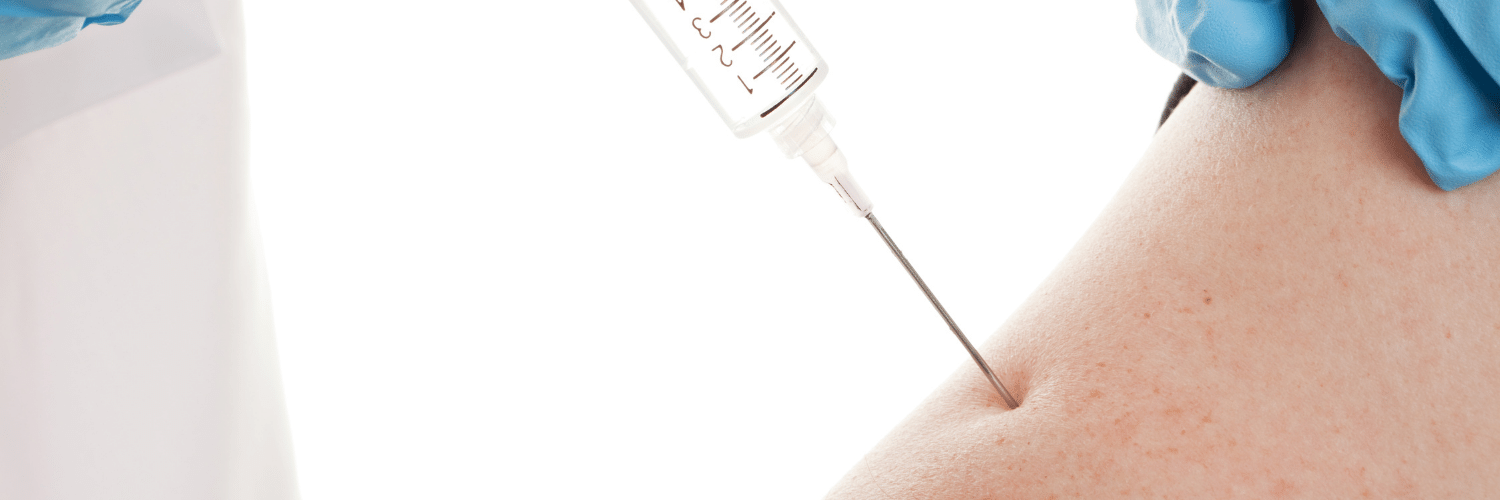

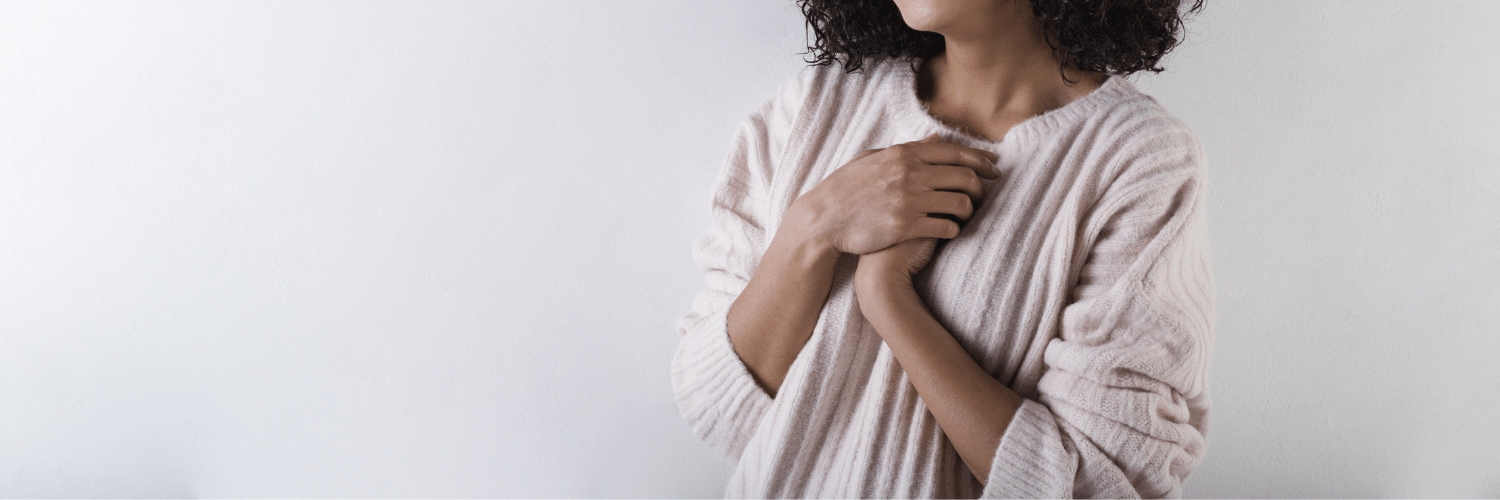
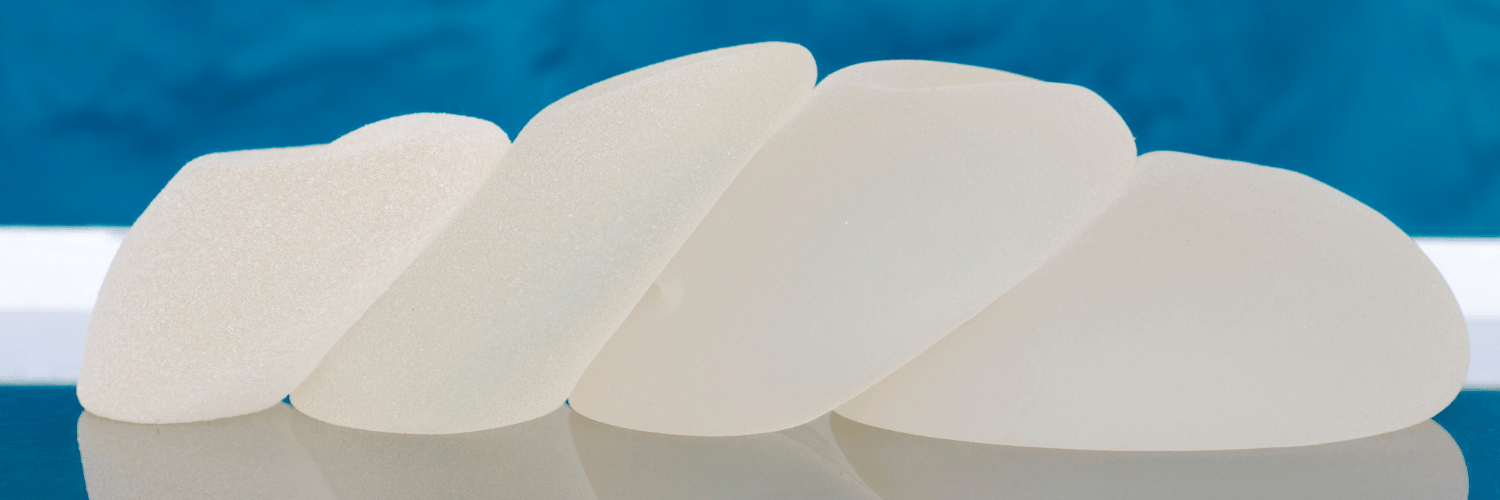
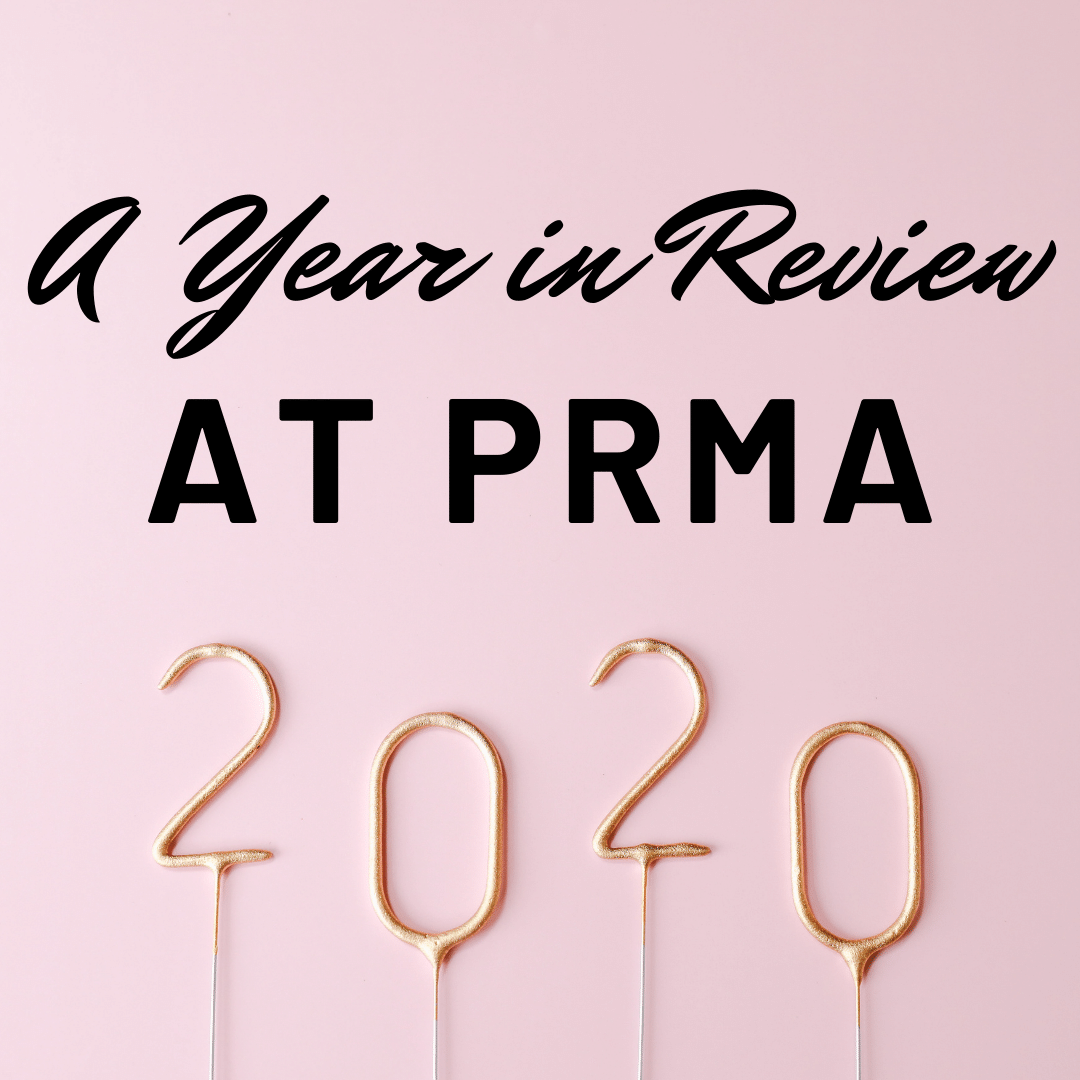
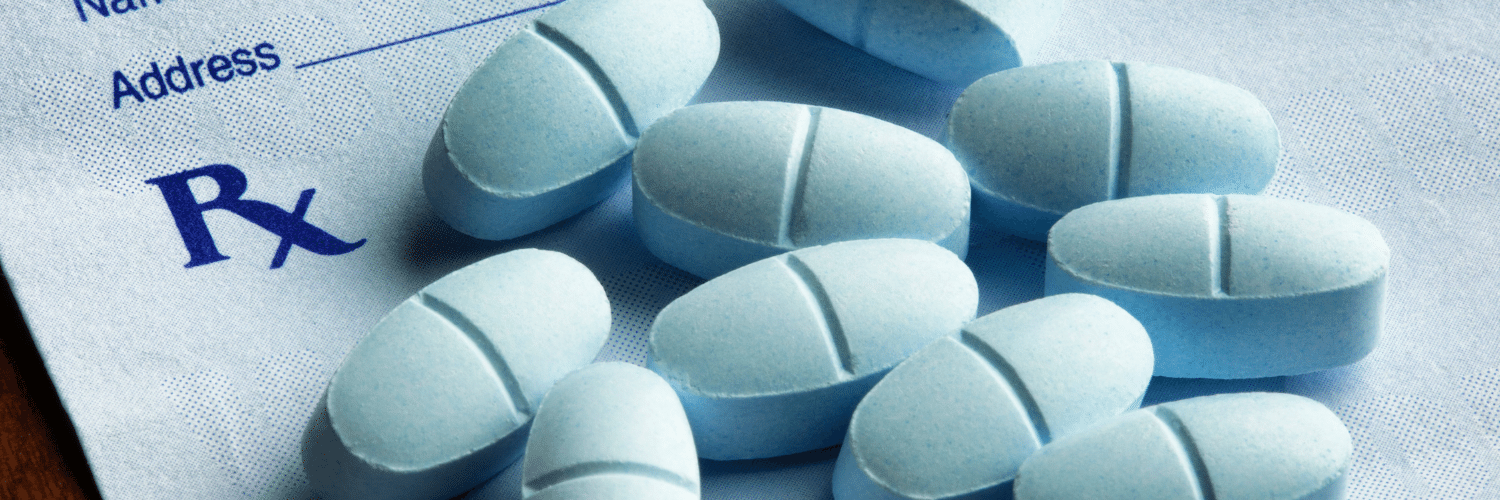
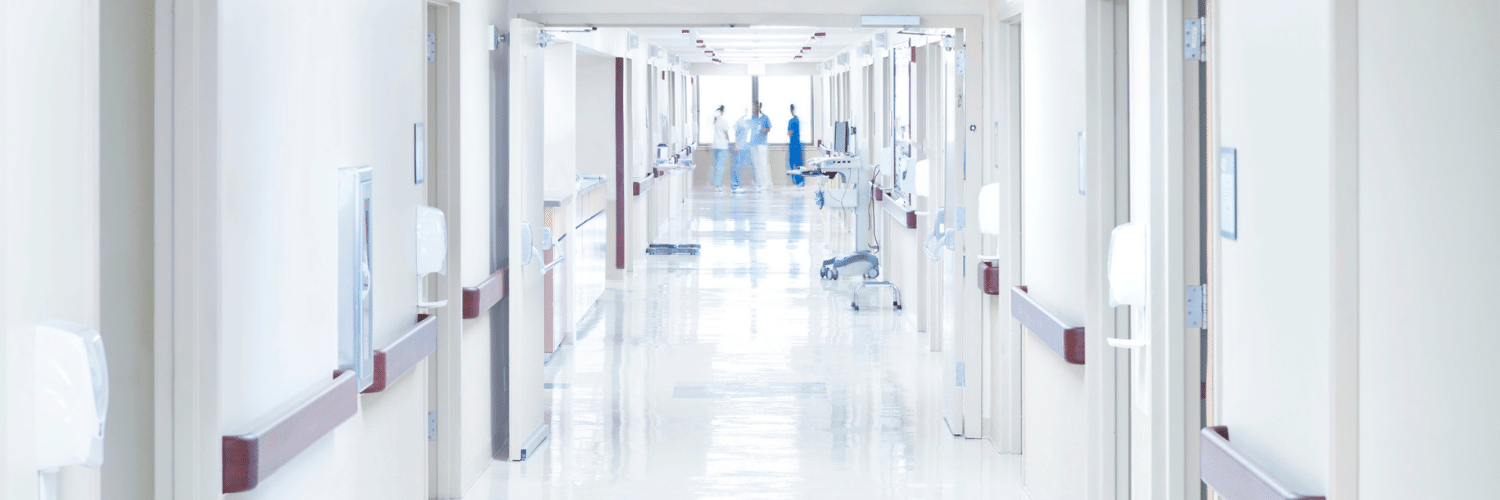

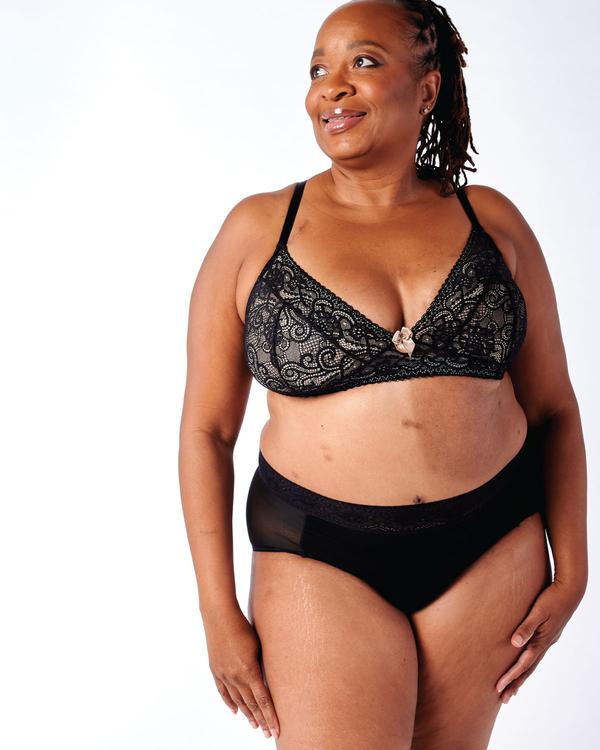

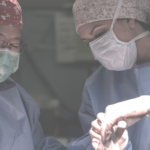

Cyndi
My dr has said I need this, but my insurance is refusing to approve. I’ve had a double mastectomy and in dire need of fat grafting. Please help!
PRMA Plastic Surgery
Good morning Cyndi! There are some circumstances where insurance may deem fat grafting cosmetic depending on how significant the deformity of the breast is. Unfortunately there is not much that can be done after insurance has denied the authorization, but there may be financial assistance programs available. You can try reaching out to your local American Cancer Society for more information about assistance programs in your area.
Michelle
I had a failed tram flap surgery and im lost at what is the next possible option for me to have me whole again
PRMA Plastic Surgery
So sorry to hear this Michelle! There are many options available today! The best place to start to see what procedure may be best for you is to consult with a board-certified plastic surgeon. The surgeons at PRMA Plastic Surgery specialize in advanced breast reconstruction and correcting “failed” breast reconstruction. If you would like to set up a consultation you can give us a call at 800.692.5565 or you can fill out our free virtual consultation form at https://prma-enhance.com/schedule-your-consultation/
Terri
Clear, concise, and comprehensive information Dr. C! Thanks for the post.